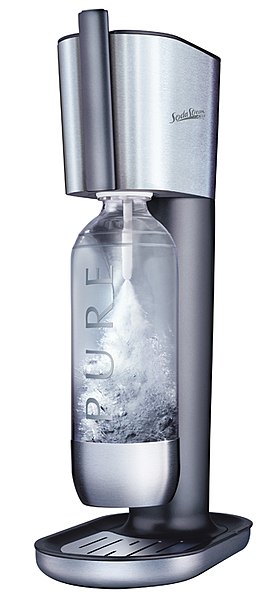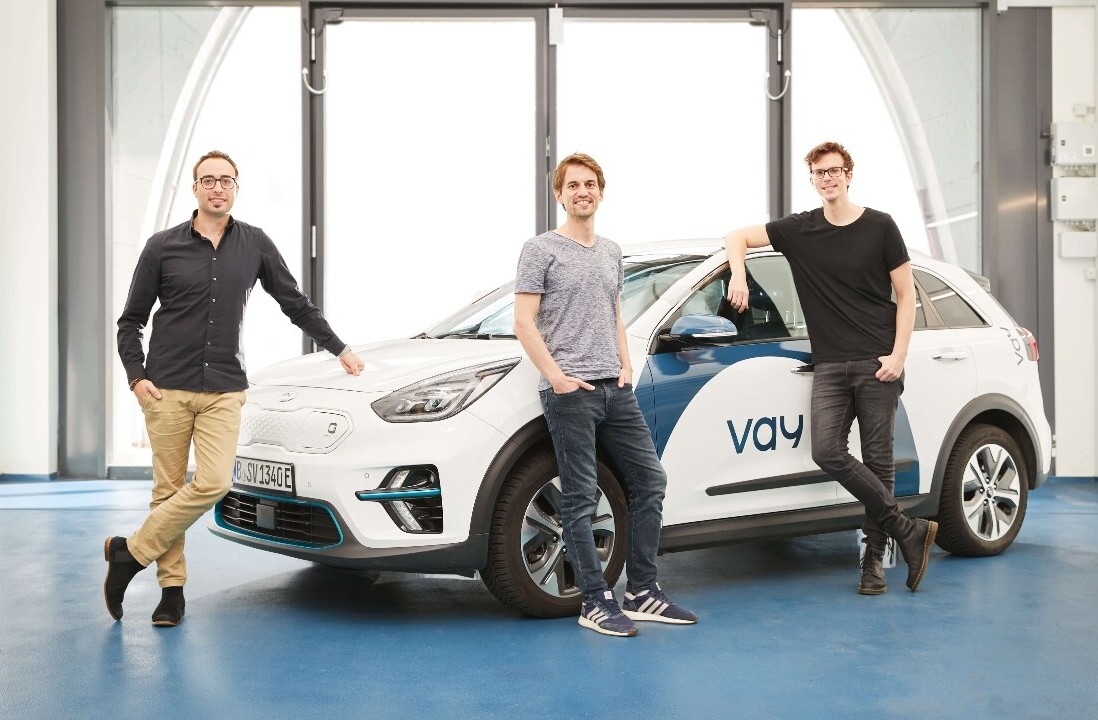
Tech companies have an image problem.
Apple is attempting to fight a rear-guard action from its own investors about the addictiveness of its iPhones. Facebook is desperately trying to convince society that its social network is still a force for good, even though it recently became clear Cambridge Analytica accessed up to 87 million people’s data — even more than the 50 million originally estimated — while “malicious actors” were able to identify most of its 2 billion users worldwide.
Amazon is destroying the American jobs market and Google has decimated advertising — and as a result, the journalism industry. What’s wrong with that, the more libertarian among you may be asking. After all, they are some of the most successful businesses in corporate history.
The problem is, the Big Four all claim their sharp practices are built to make society better. Their purpose is to make more than just profits. But evidence suggests the opposite might be true.
That hasn’t stopped dozens of companies from following suit. There’s a generation of companies started by charismatic founders with big visions for improving society. Many are dressing up the pursuit of profits as some higher purpose.
Juicero, once a Silicon Valley darling, told investors it was tackling one of America’s biggest problems, obesity, by making a juicing machine that did the job a pair of hands could do.
“The journey from Coca-Cola to carrots to Juicero’s rainbow of fruits and vegetables has let me connect my work to my personal mission and passion: solving some of our nation’s nutrition and obesity challenges,” said the company’s then CEO.
Lululemon, one of the fastest growing startups in the US, has a manifesto that makes it sound like buying a very expensive pair of leggings is akin to achieving spiritual nirvana.
But there are benefits to chasing these lofty dreams. Companies with purpose do outperform their less purposeful peers in the long-term — and it helps make a brand stickier among consumers looking to align their personal values with those of companies.
However, there’s a difference between having a purpose — and the financial cost that comes with it — and having a purpose because it sounds good.
Purpose, what purpose?
Most companies have mission and vision statements, but those tend to communicate very little about a company’s purpose.
The purpose of most companies is to make a profit. Most people can figure that one out themselves. However, when a company wants to make a profit and use that profit to impact a cause or issue affecting others that’s what many entrepreneurs — and this article — are referring to when it comes to a business’ purpose.
Other terms used to sum up this idea include “social impact” and “social entrepreneurship”. The latter of those two has a narrower definition which typically attempts to further broad social, cultural, and environmental goals often associated with the voluntary sector in areas such as poverty alleviation, healthcare, and community development.
Skim the pages of companies in the Fortune 500 and believe me, nearly all of them contain the words, “respect,” “teamwork,” and “innovation.” They want to convey the idea that they have a purpose, but many companies use that as a tool to attract talent and potential customers. However, a recent study found that corporate jargon about values has absolutely no relationship with firm performance.
Why is that? Because purpose is costly. At the very least, it requires a credible commitment to that purpose. And credible commitments are costly. But without it, all companies can claim that they are purpose-driven, and as a result, the commitment stops being credible.
Take Juicero as an example. The quote above, from Juicero’s then CEO Jeff Dunn: “solving our nation’s nutrition and obesity challenges.” Let’s take a closer look at that idea.
More than 60 percent of Americans believe they eat a very healthy diet. However, The Dietary Guidelines Advisory Committee found, “the U.S. diet is low in vegetables, fruit, and whole grains, and high in sodium, calories, saturated fat, refined grains, and added sugars.”

Many Americans aren’t getting enough essential nutrients, including vitamin D, calcium, potassium, and fiber, and iron.
If you explore the research a bit more and look at personal income and its relation to nutrient intake, the less money you earn, the more likely you are to eat poorly.
Juicero’s juicer cost $400 and the proprietary pouches costs between $5 and $8 each. The average American spends $151 a week on food. Juicero recommends having at least one of these juices per day. That’s $35 a week, which works out that Americans would need to increase their weekly food bill by a fifth to accommodate Juicero’s nutritional revolution.
Oh, and fun fact, juices have been proven to deliver less nutrition than just eating the food you’re squeezing juice out of. Conclusion: Juicero’s purpose to deliver more nutrition is bunk.
What about obesity? In the US, obesity is at an all-time high. More than 100 million people are obese. One of the key reasons? People underestimate how many calories they’re consuming, and the most calorific foods are a) abundantly available b) cheap and c) their makers spend billions of dollars a year trying to convince people to eat them.
Can Juicero make a dent in any of those issues? It seems unlikely.
 Remember SodaStream? Their mission statement: “celebrating the bold achievement of a cleaner, healthier planet, made possible by each of us embracing simple, fun, responsible consumption.”
Remember SodaStream? Their mission statement: “celebrating the bold achievement of a cleaner, healthier planet, made possible by each of us embracing simple, fun, responsible consumption.”
The company’s belief states soda bottles produce alarming amounts of waste. The promotional material says more than 2,000 bottles come out of the average home. The company also made its mission to help families hydrate more while saving them money.
But when journalists started doing the maths, in order for a family to hit the goals the SodaStream mission statement had laid out, you’d need to drink 240 liters of sparkling water just to break even on the initial cost of buying the machine. After that, the costs savings only work if you hammer sparkling water every day. The same can be said for making cola.
In effect, in order for Sodastream’s social purpose to come true, everyone would need to spend a lot of money drinking SodaStream. That’s not a social purpose, that’s profiteering from people’s environmental guilt. This idea isn’t limited to health orientated companies, either.
Measuring the cost of not having purpose
Facebook has been grappling with how its mission sits alongside what most people’s experiences of it are. Earlier this year, it released a press release saying “Facebook was built to bring people closer together and build relationships,” in response to the admission by Mark Zuckerberg that Facebook perhaps wasn’t as great a force for good as he wanted it to be.
That admission was costly. Within 24 hours, Facebook lost five percent of its market capitalization, or roughly $27 billion. It personally cost Zuckerberg $2 billion. Why?
Investors are now becoming better at distinguishing between marketing hype, and genuine conviction in taking a longer, more expensive road to building a company that can have a positive impact on the world.
In a recent study carried out by Harvard Business Review, firms making investments and improving their performance on environmental, social, and governance (ESG) issues performed better and were more profitable than those companies who did not.
This says two things. Companies who actually do good are rewarded and there is evidence that investors should examine non-financial data more closely when it comes to choosing whether to invest.
As for consumers, well, they’re getting savvier, too. A recent study found more than a third of consumers are choosing brands with clear social and environmental goals. In another survey, nine in 10 consumers expect companies to do more than make a profit.
To help differentiate between companies doing good and companies doing good to make profits, there are a number of tools and agencies at your disposal.
JUST Capital, a non-profit, conducts continuous polls with more than 50,000 Americans to create a measurement system to ascertain how much good a company is doing. At the time of writing, Facebook was 71st on the list of companies doing the right thing by citizens.
Firms of Endearment is another company exploring companies doing genuine social good. It tracks forty corporations that focus on all levels of “value”— emotional, experiential, social, and financial.
There’s also the good old-fashioned media. Holding companies to account has been the preserve of newspapers for centuries. That’s still a job many newspapers do surprisingly well.
They have the resources, the time and the expertise to work out whether a company is telling the truth or not. So if your favorite company gets caught up in a scandal about how it does business, that’s normally because someone has taken the time to look more closely.
So if you’re a budding CEO and you want to build a company with a purpose — while secretly strangling the world’s badgers — your audience and your shareholders will find out, and you’ll be consigned to the graveyard of unnecessary startups.
Help fund some of the most promising social impact startups from around the world, without spending a dollar of your own money – at chivas.com/the-venture. And tune in to watch this year’s Chivas Venture grand finalists pitch for a share of $1million at TNW Conference on May 24th.
Get the TNW newsletter
Get the most important tech news in your inbox each week.






